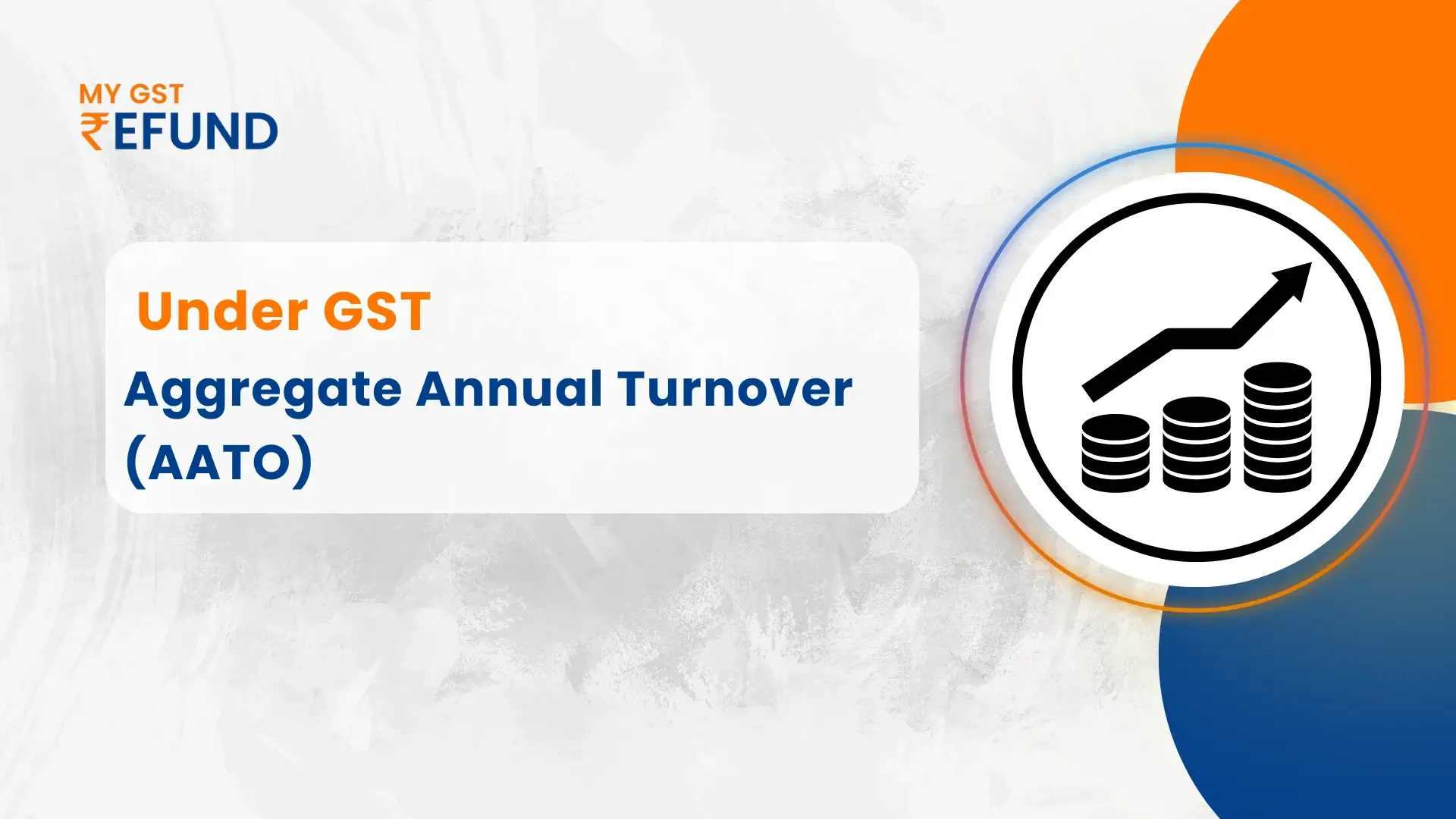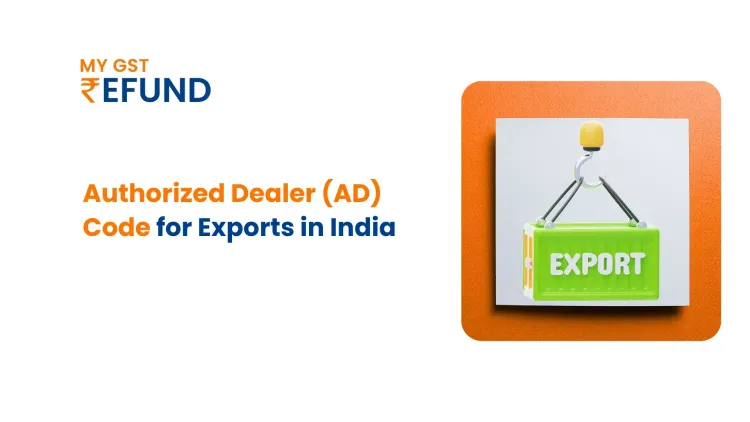Understanding AATO (Aggregate Annual Turnover) & IRP (Invoice Registration Portal) under GST
Published on: Tue Aug 26 2025
Bio (Reveal/Hide)

What Is Annual Aggregate Turnover (AATO)?
It is the total turnover means the Annual Aggregate Turnover of an entire business across all its GST registrations (GSTINs) under the same PAN in India over a financial year. It includes:
- Taxable supplies
Exempt supplies-
- Exports of goods or services,
- Inter-state supplies made by the same PAN.
It excludes:
- Inward supplies on which tax is paid under reverse charge, include tax-like, SGST, IGST, and Cess.
- AATO has the total turnover of a taxpayer across all registrations under the same PAN (Permanent Account Number). This includes:
- Taxable supplies (excluding those under reverse charge),
Exempt supplies,
- Exports of goods or services
- Inter-state supplies made by the same PAN
and explicitly excludes GST and related taxes
Why AATO Matters: Key Regulatory Impacts under GST
Threshold for GST Registration
The GST registration is required if your AATO surpasses certain thresholds (often ₹40 lakh for commodities or ₹20 lakh for services; lower in special-category states).
Composition Scheme Eligibility
Only taxpayers whose AATO is below a certain threshold are eligible to opt for the Composition Scheme- a simplified GST structure.
Filing Frequency: Quarterly vs Monthly Returns
AATO determines whether you're eligible for filing returns quarterly or need to file monthly.
E-invoicing Requirement
If your AATO crosses the designated threshold (e.g., ₹10 crore), you're required to generate e-invoices.
Dynamic QR Code Issuance
B2C suppliers exceeding specific AATO limits may need to issue dynamic QR codes on invoices.
The GSTR-9 and GSTR-9C
Whether the yearly return (GSTR-9) and audit reconciliation (GSTR-9C) are both necessary, which are determined by the AATO. As an example:
GSTR-9: typically mandatory if turnover > ₹2 crore
GSTR-9C: mandatory if turnover > ₹5 crore
Additional Benefits from the GST Portal
The GST portal now provides functionality to view and manage your AATO in real-time:
- You can view both the current and previous year’s AATO on the dashboard.
- You can update the AATO twice a month if there's a discrepancy; thereafter, it’s referred to a tax officer for review.
- Transparency in AATO helps reduce disputes between taxpayers and authorities, referencing the same turnover data-minimizing litigation risks.
- AATO is a fundamental metric shaping your obligations under GST.
It determines whether you're required to:
- Register under GST
- Choose a simplified tax scheme
- File returns quarterly or monthly
- Use e-invoicing
- Issue dynamic QR codes
- File annual returns or reconciliation statements
- Ensures compliance through transparent data via the GST portal.
Accurately calculating, tracking, and reporting AATO is essential for businesses because it affects so many important aspects of GST compliance.
What is the Invoice Registration Portal (IRP)?
In India, a government-approved platform where businesses must submit Business-to-Business, export, or debit/credit invoice data (typically in JSON format). It authenticates and confirms the invoice, which assigns a unique Invoice Reference Number (IRN) which is digitally signs it, and adds a QR code, making the invoice legally valid under GST.
Key points:
- By marking them with the IRN, B2B invoices, credit notes, and debit notes are recorded.
- According to GST rules, an invoice is deemed void if it does not have a valid IRN.
- IRPs serve as approved registrars; after you upload invoice data, they verify it and send you the QR code and IRN.
- There are several IRPs (NIC's official portal and private ones like IRIS that are allowed by the GSTN) to guarantee efficient processing and redundancy.
What the IRP Actually Does
- Generates IRN via a hash algorithm using invoice metadata.
- prevents duplicate invoices by performing de-duplication by cross-referencing with the central registry.
- uses its private key to digitally sign the invoice (in JSON format), ensuring authenticity.
- Generates a QR code containing crucial invoice data, including HSN codes, invoice numbers, values, and GSTINs, which is helpful for offline validation.
Data distribution: after returning the signed invoice to the supplier, it is sent to the e-Way Bill and GST systems for automated downstream processing.
- Cancellations will be permitted within 24 hours of the IRN generation, as long as the e-way bill is not valid.
- Collectively, these procedures reduce errors and delays by allowing real-time invoice verification.
Why IRP is required for the electronic billing process?
Legal validity in IRP: In GST, only bills filed through an IRP are accepted.
Automation & Data certainty: The moment an IRP receives the invoice, information is pushed to GSTR-1, GSTR-2B, and E-way Bill systems, apart from this, minimizing manual entry work.
Prevention of invoice fraud: Cryptographic signatures and QR codes prevent falsification of invoices and reproduction.
Credit movement and reconciliation: Automatically populated data facilitates easier fulfillment of tax requirements and claiming of Input Tax Credits, and customers are able to reconcile inputs with ease.
What are NIC e-Invoice Portals?
NIC e-Invoice Portals are Authorized Invoice Registration Portals (IRPs) operated by the National Informatics Centre of the Ministry of Electronics & IT (NIC). It's simpler to upload business-to-business invoices (and related documents such as credit/debit notes). The NIC e-Invoice Portals are the government-approved portals of India for e-invoicing under GST:
- Generating a unique Invoice Reference Number (IRN)
- validating invoice information
- Generating a QR code, electronically signing invoices, and
- Auto-filling of tax returns is facilitated through the effortless exchange of invoice information with the GST and e-Way Bill portals.
Related Posts





